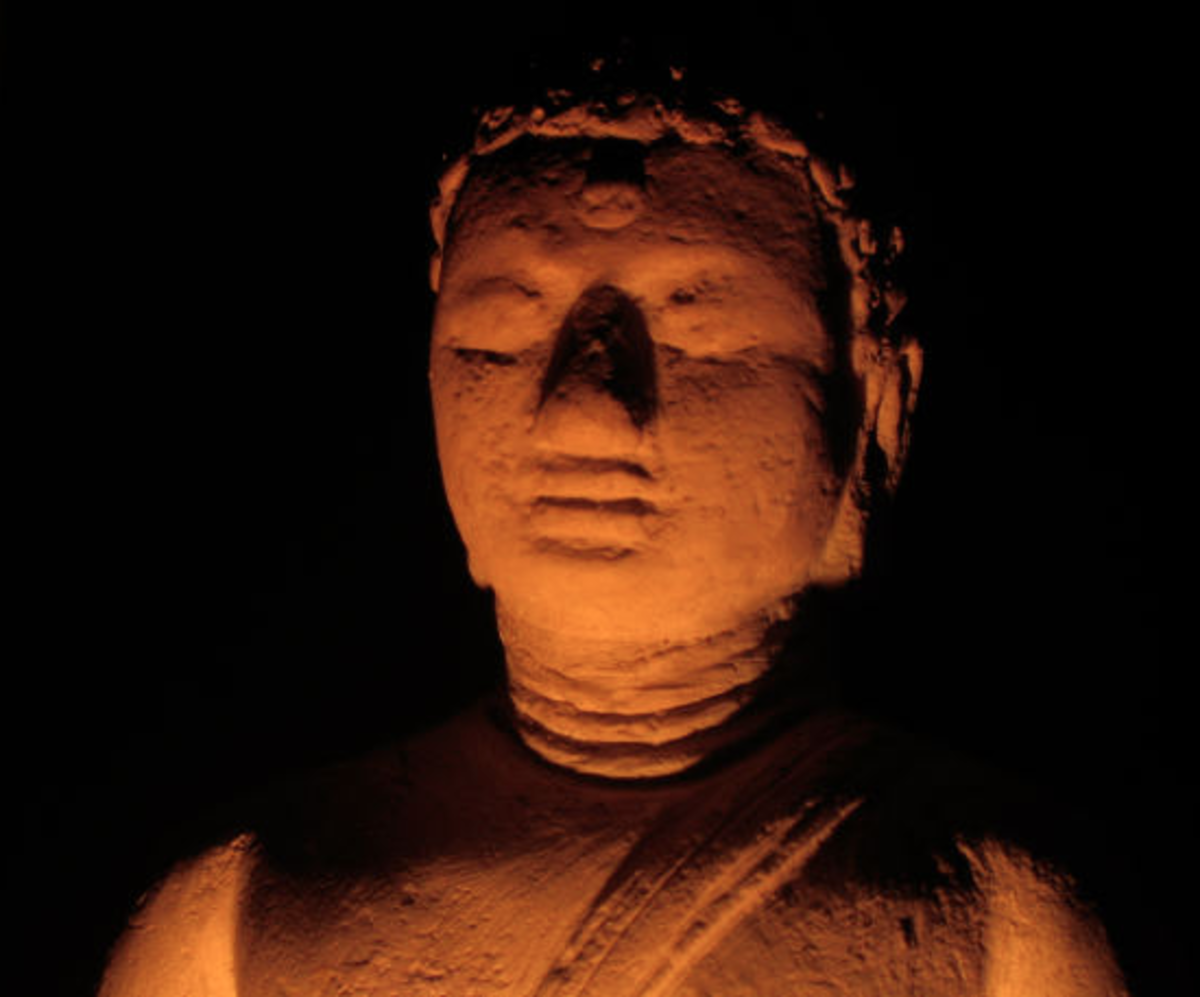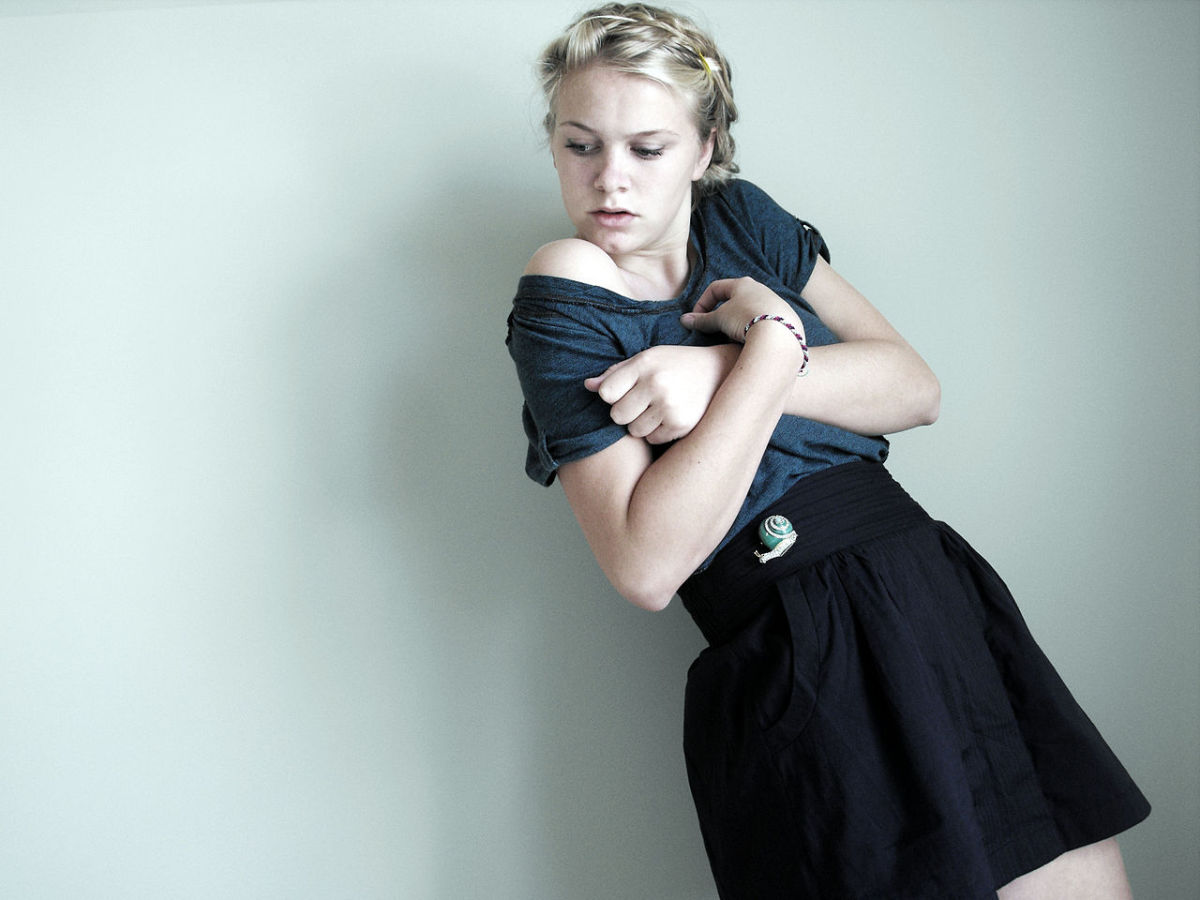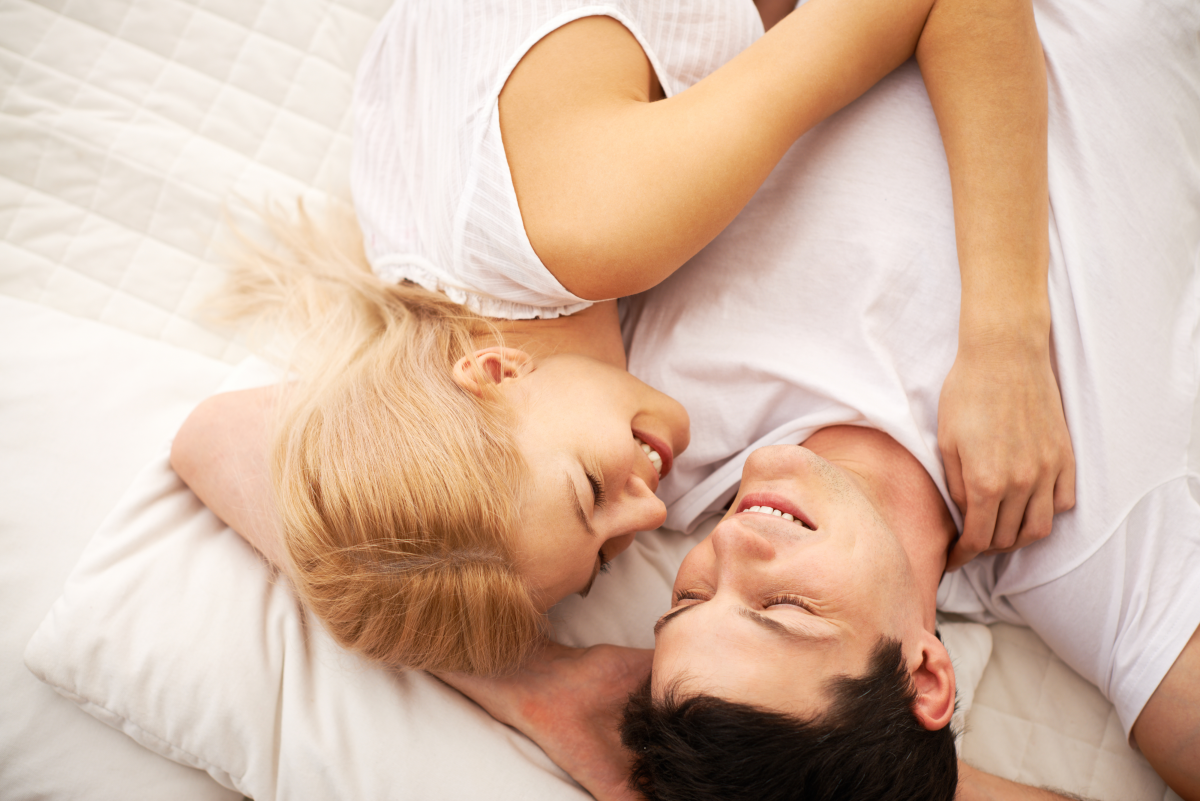The language of posture
Posture
Sometimes postures are so idiosyncratic that talented mimics can imitate a famous person simply by copying his or her characteristic stance and gestures. The addition of the voice is then simply the cherry on the cake, for the audience has recognized the well-known figure already - just as in daily life, we identify family and friends by their bearing. So by learning about posture, you are familiarizing yourself with the basic alphabet of body language - and this knowledge forms the foundation upon which all your subsequent impressions of others are built.
Victorian psychologist William James made one of the earliest classifications of postural types. He identified four types.
Approach: Forward-looking postures, demonstrating attention, and warmth of personality
Confident and open
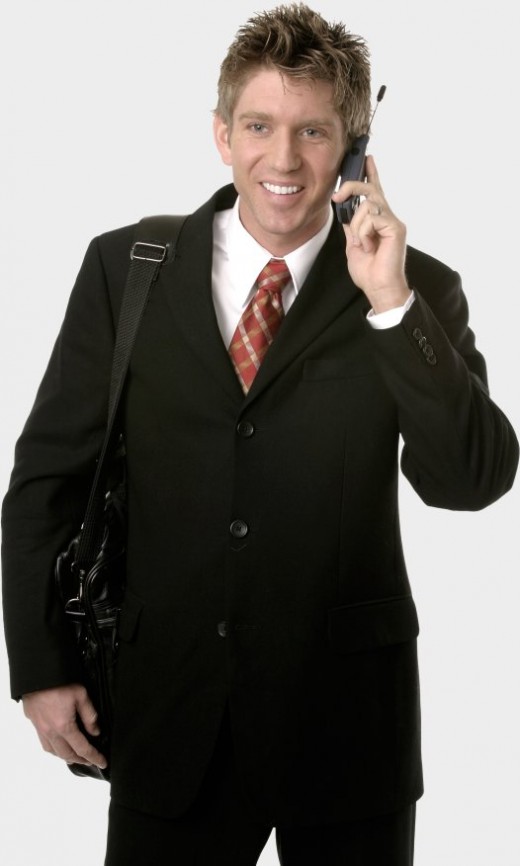
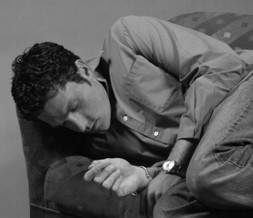

Withdrawal: Turning away, holding back, the opposite of approach. These postures signify shyness, boredom and are perceived as cold by the onlooker.
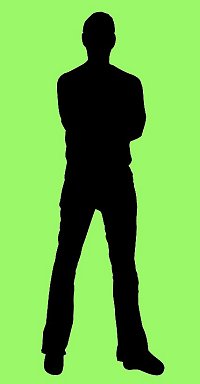
Expansion: Standing up straight, with an erect bearing - -an extreme example is the posture of pride. Normally, however this posture is adopted by confident, dominant individuals.
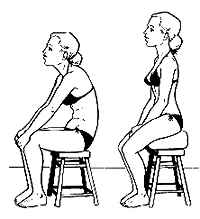
Contraction: Postures which draw the person into themselves - dejected, collapsed positions of the body which indicate submission and possibly depression or disappointment.
These categories are useful when beginning to interpret body language, for they cover basic motivation and mood very neatly. Consider the stiffly erect bearing of a military man, whose ramrod back betrays his profession even when he is out of uniform. Or imagine a sulky adolescent, slouching along with rounded shoulders and a concave middle. Reverse these images in your mind and the military man suddenly loses all his authority, while the teenager turns from a potential troublemaker into a youthful pillar of society. As any actor will tell you, your posture - that is how you hold your body while sitting, standing and lying down - is the first clue to your character and personality. It will reflect your underlying state of mind whether you are feeling confident, submissive, and optimistic or depressed.
For instance, a relaxed, upright posture immediately suggests confidence - we say "chin up" when we mean "adopt a hopeful assertive attitude to this situation" But by referring to someone as "spineless" we imply the opposite state of mind and posture - conjuring up a picture of a person who cannot "stand up" to life. By experimenting with different kinds of posture in front of a mirror you will soon realize the strength of the message your posture is transmitting about you.
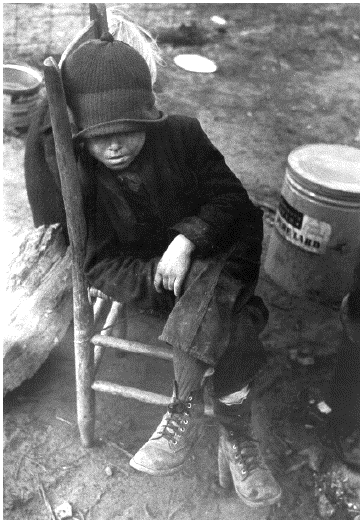
Body memories
An awareness of postural messages can help you to decide what kind of posture to adopt yourself in order to make the most of an encounter, whether social or work-orientated. Aperso's habitual posture seems to act as a record of past experiences - for instance, individuals who have suffered from lengthy bouts of depression will frequently retain the sagging, hopeless shape which typifies the illness. It has become second nature to them, and even when they have recovered their bodies recall their unhappiness.
A young girl who has suddenly developed large, mature breasts will often hunch her body forward, and even sometimes cross her arms to disguise the offending objects. And many women retain this posture into adulthood, having forgotten the original reason for it. Similarly, boys who shoot up in adolescence and find themselves inches taller than their friends will stoop - often quite badly - so not to leave their peer group behind.


